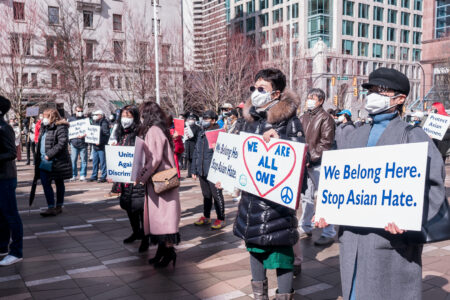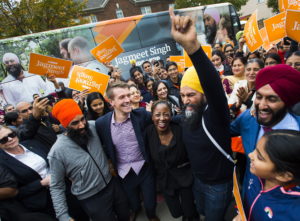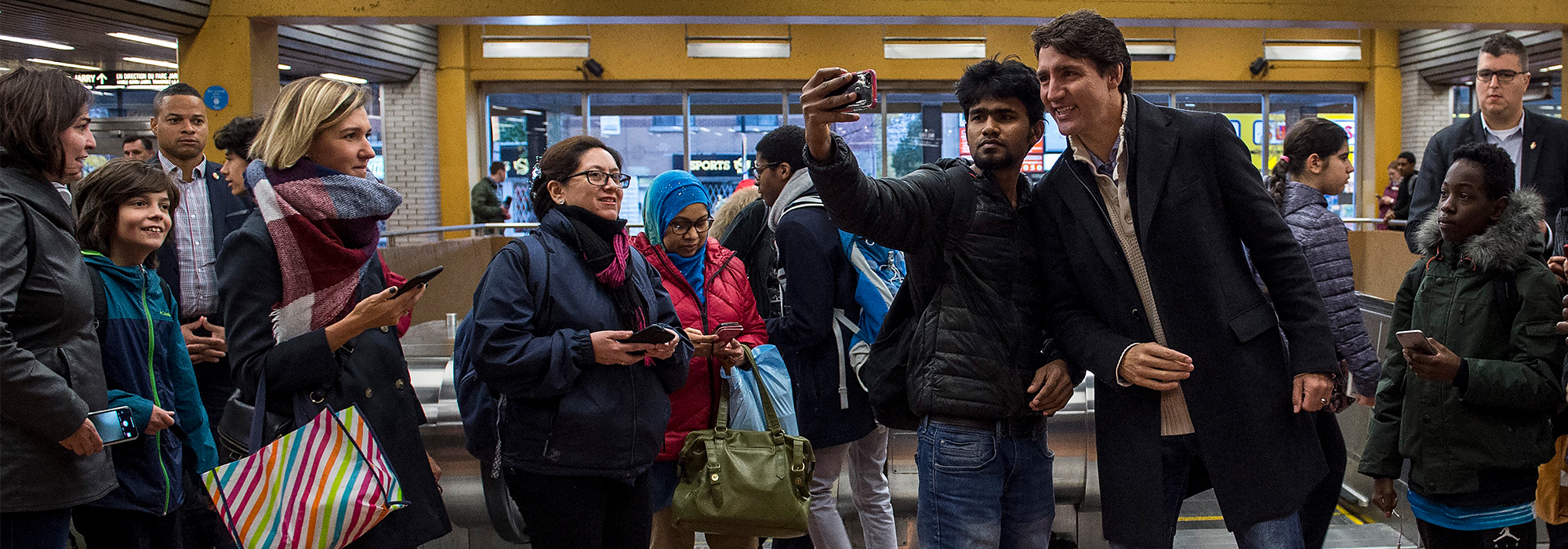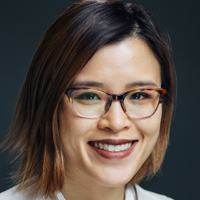
The 2019 campaign was a contentious period that revealed Canada to be more of a work in progress than the multicultural haven we claim to be. Still, on balance, the federal election results bode well for how the country will handle discussions of race and our evolving cultural identity over the next four years — that is, as long as our government and media institutions take the right steps forward.
With the future of the People’s Party of Canada in question, our national discourse will be spared some of the divisive populist rhetoric. Canadians completely shut out the PPC on election night, with party leader Maxime Bernier even losing his seat in Beauce, Que. The result has global significance given that the number of populists in power around the world has increased fivefold over the past 30 years.
Canada is the only democratic country among the world’s top 10 global economies that hasn’t come close to voting in a populist federal government recently, save for Japan, a nation that is ethnically homogenous and historically anti-immigration.
We should be proud of this fact. It suggests that hateful, reductive language doesn’t resonate with Canadians — that these aren’t our values. It also means we should be able to have nuanced conversations about race and immigration without the kind of mudslinging we’ve seen south of the border. Yes, these topics are sensitive and will cause discomfort, but using a scalpel rather than a populist hatchet when debating in the House of Commons will go a long way in reducing polarization. Canada can regain its global reputation as a beacon of pluralism if we lead by example.
A Liberal minority also suggests that many Canadians were turned off by Prime Minister Justin Trudeau’s brownface/blackface scandal; aggregate polling data from 338Canada shows that the Liberals took a big hit after news of the scandal broke on Sept. 19, and never fully recovered from it. That’s on top of the other race-related controversies that followed Trudeau in 2019, including his treatment of Jody Wilson-Raybould during the SNC-Lavalin affair and Celina Caesar-Chavannes, both women of colour and former Liberal MPs who left the party’s caucus earlier this year.
Despite aggregate polling data that suggests otherwise, some media commentators also said issues like brownface are a distraction for voters, and have misleadingly framed the story from that perspective. For example, former CBC anchor Peter Mansbridge said Canadians wanted to return to real “issues” after losing interest in news coverage of the brownface scandal. Meanwhile, a Global News segment about how the scandal impacted Liberal polling numbers opted to lead with the 45 per cent of Canadians who accepted Trudeau’s apology, rather than unpack the 55 per cent who remained displeased (20 per cent said Trudeau’s behaviour was inexcusable and felt he should resign; 17 per cent said they didn’t think Trudeau should resign, but could no longer vote for him; 18 per cent said they questioned Trudeau’s judgment but were still open to voting Liberal). I agree that coverage of the brownface scandal was largely reductive at first, but that doesn’t mean media should abandon covering race altogether — they just need to be more thoughtful about it.
Trudeau should view a minority government as an opportunity to regain the trust of the voters who decided not to reject him entirely but rather hold him accountable by taking away the majority he captured in 2015. This could be a teachable moment not just for Trudeau, but also for all Canadians if he navigates the next four years conscientiously. Right now, voters are questioning Trudeau’s authenticity and commitment to diversity, but if the leader of our country proves his apology was genuine and shows that he’s willing to improve his knowledge of systemic racism, the rest of Canada will grow alongside him. Given the high-profile nature of this job, it’s the prime minister’s responsibility to demonstrate moral leadership in addition to providing political leadership.

This question — “Are Canadians open to voting for a turban-wearing Sikh?” — is one that Canadian media and even NDP Leader Jagmeet Singh’s own party have irresponsibly perpetuated, which, in a country that has multiculturalism enshrined in its Constitution, is disappointing, to say the least. The question was a red herring that distracted from Singh’s character and what he had to offer as prime minister. It also implied that turban-wearing Sikhs aren’t Canadians, casting them as outsiders.
I hope Singh, who’s shown eloquence and wisdom when describing the lived experiences of Canadians of colour, will also lead public conversations about Canada’s evolving cultural identity. With the New Democrats holding the balance of power, Singh will be in the spotlight even more over the next four years, which will surely be a test for his fellow politicians, media and the Canadian public. For some reluctant Canadians, I anticipate that Singh’s heightened political presence will help normalize the notion that not only do “Canadians look like all sorts of people,” but that Canada’s prime minister could also look like all sorts of people, including a turban-wearing Sikh.
Ultimately, toxic and dismissive narratives about Canadians of colour only serve to inflame polarization. These narratives pose barriers to national unity and cooperation, which we need to even begin addressing urgent problems like climate change.
Many countries will soon be contending with rapidly changing racial demographics of their own populations due to the climate crisis. Estimates of the number of people who will have to move by 2050 due to climate change range from 25 million to 1 billion, though the most cited figure is 200 million. Even countries that haven’t historically experienced much immigration will see increasing numbers of climate migrants and refugees knock on their doors. The result? These places must learn to deal with cultural pluralism whether they’re ready to or not.
That’s why the global community will be looking for guidance from Canada, a leading democratic country that has embraced pluralism and rejected populism. Modelling the right approach toward a genuinely pluralistic society involves having open but respectful public discussions about race and culture that take into account the perspectives of people of colour. It also involves actively combatting polarization, which will be challenging given how politically divided Canada is, post-election. Party leaders need to get out of campaign mode and into unity mode, which is sorely missing from the global stage right now.
It’s a big responsibility, but if we succeed, Canada — and the world — will be better off for it.
Photo: Prime Minister Justin Trudeau greets commuters at a metro station in Montreal on Oct. 22, 2019. THE CANADIAN PRESS/Sean Kilpatrick
Do you have something to say about the article you just read? Be part of the Policy Options discussion, and send in your own submission. Here is a link on how to do it. | Souhaitez-vous réagir à cet article ? Joignez-vous aux débats d’Options politiques et soumettez-nous votre texte en suivant ces directives.









